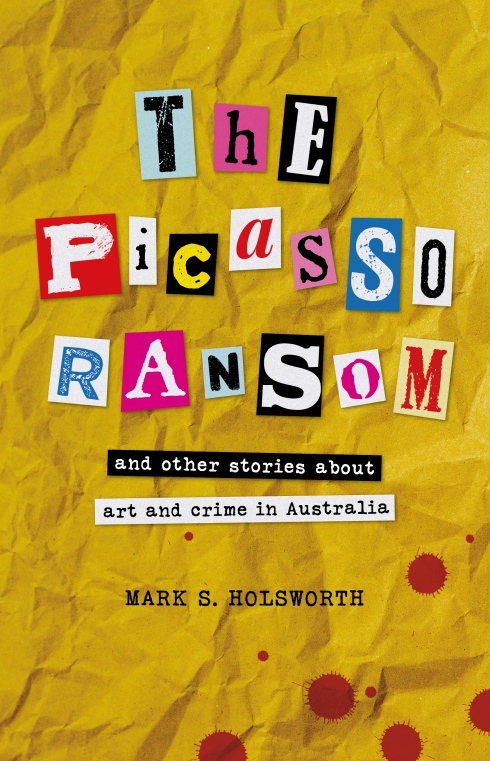“I was always aware that the photos would last longer than the piece and I shot in the spirit of historic preservation.” Martha Cooper in Cedar Lewison Street Art – The Graffiti Revolution (Tate Publishing, London, 2008) p.37
Some old school graffers think that they are just doing their thing for themselves and other graf writers. Just like some tribe that thinks that they are just making feather headdresses for their ceremonies until some anthropologist comes along to trade for them, photograph them, record their songs and dances. The anthropologist will attempt to learn the culture of the tribe but that will always be analysing this as an outsider. The outsider always has a different view and different objectives in their records, as well as, different systems of classification but that doesn’t automatically make this view wrong.
There are lots of people, like myself, who are collecting digital photos of street art, the urban equivalent of bird watching in many ways. Some of them are very diligent in their work, like New York photographer Martha Cooper, who documented the graffiti on subway cars, the visual equivalent of the field recordings of ethnomusicologist Alan Lomax. We are attempting to preserve an ephemeral cultural event that may disappear entirely or change beyond recognition.
Some people resent being recorded at all, or only want to be recorded on their terms, by themselves or a minion/collaborator. If you feel so protective of your work then don’t put it in a public place for others to look at. The fact that graffiti is in a public view means that it is open to anyone to interpret and appreciate or deprecate (one reason for the graffers to be anxious about outside interpretation).
Cedar Lewison argues that graffiti is distinctly different from street art in that graffiti intended for a small group. “Graffiti writers are communicating with themselves and a closed community, they have little interest in being understood by the wider world.” (p.23) Lewison notes that graffiti writers have little interest in the reputation of graffiti or being considered artists. He points to the almost illegible calligraphy of wildstyle pieces as a means of excluding the public. Of course, the general public, if they are determined, can learn to read wildstyle letters as well as the next graff writer. There are articles like “How to read Graffiti” by Jason Dax Woodward (13/6/99) or books like Claudia Walde Street Fonts – graffiti alphabets from around the world (Thames & Hudson).
Lewison’s argument ignores the intentionalist fallacy; that is, the graffiti and the writer’s intentions are two different things and lack of knowledge of one does not preclude understanding the other. For example, no one knows what Homer’s intentions were in composing The Iliad but that doesn’t hamper understanding the ancient epic poem. Likewise although graff writers may not intended to communicate with the public their work on the street is open to anyone to interpret and appreciate.



What are your thoughts?